The Last Portrait of Sultan Mehmed the Conqueror! – An Impressive Work
Recently, a portrait of Ottoman Sultan Mehmed II, known as Fatih Sultan Mehmet to Turks, was auctioned at Christie’s, one of the most prestigious auction houses in the world, located in London. This valuable oil portrait was acquired by the Istanbul municipality for the astounding amount of $1,172,803.50, far exceeding the initial estimate of $501,600 to $752,400.
A Historical Icon in Istanbul’s Hands
The Mayor of Istanbul, Ekrem Imamoglu, announced via Twitter that the Istanbul municipality had purchased this important portrait. According to information from Christie’s, the portrait comes from the workshop of Gentile Bellini in Venice (1429-1507) and measures 33.4 cm in height and 45.4 cm in width. Christie’s highlighted that this work is one of the few remaining in private hands to date.
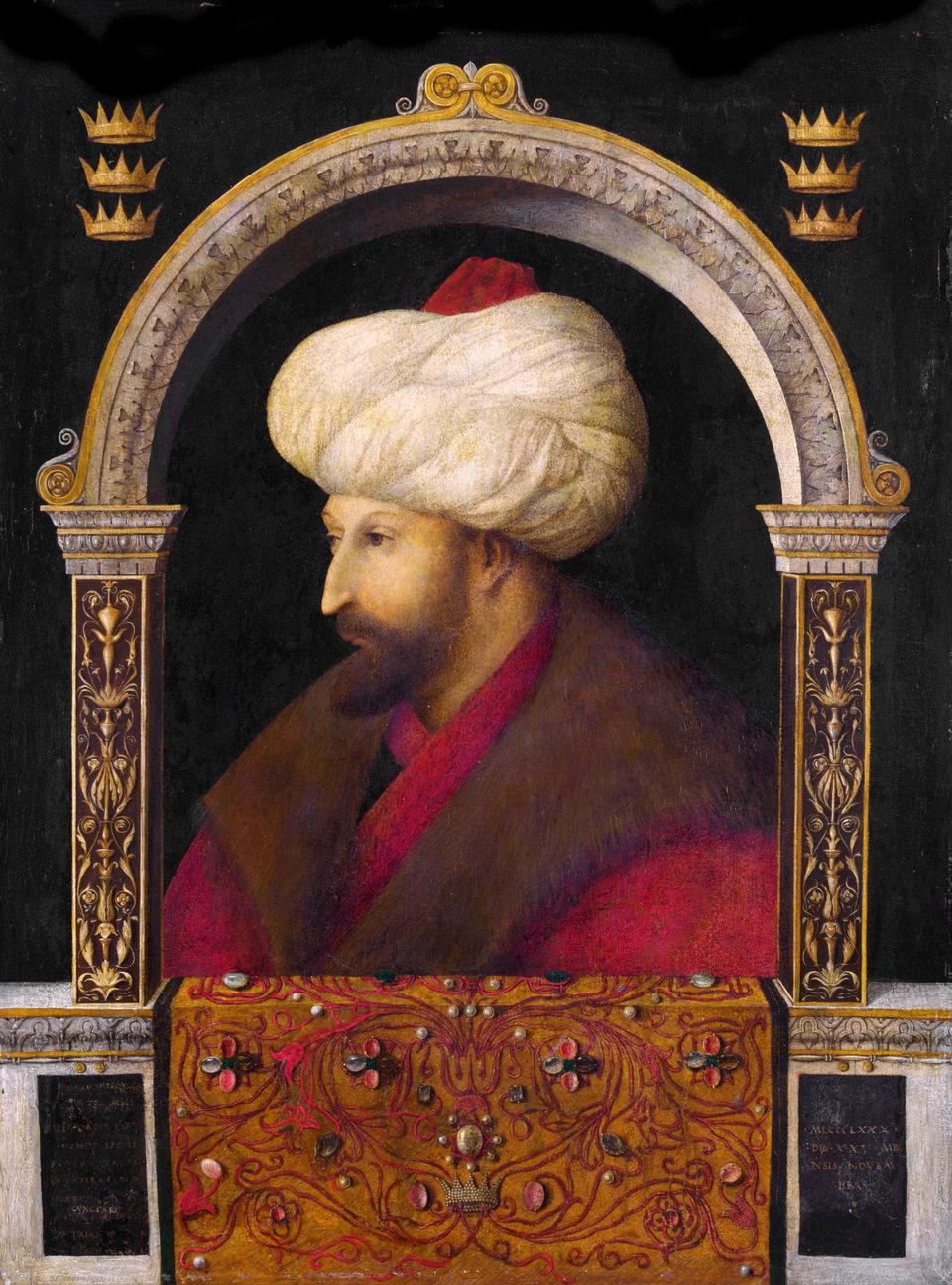
Who Was Mehmed II, the Conqueror?
Known as “Fatih” or “the Conqueror” in Turkish, Mehmed II (1432-1481) is famous for being the sultan who achieved the conquest of Constantinople on May 29, 1453, at the age of just 21. This milestone marked the end of the Byzantine Empire and established Constantinople as the new seat of the Ottoman Empire.
A Historical Work by Bellini
The portrait has been attributed to the workshop of Gentile Bellini, who traveled from Venice to the Ottoman Empire in 1479, as part of a diplomatic agreement between the Republic of Venice and Sultan Mehmed II following the signing of a peace treaty in 1479. Bellini, belonging to a family of artists, had already demonstrated his skill in Venice’s Palazzo Ducale before being selected for this honor.
The Mystery of the Second Figure
In Mehmed II’s portrait, a second figure appears, whose identity remains unknown. Sara Plumbly, head of the Department of Islamic and Indian Art at Christie’s, commented that this figure could represent one of the sultan’s sons or a European dignitary, given the absence of a beard and the characteristics of his attire.
The Significance of This Portrait in History
According to Plumbly, there are only three portraits of Mehmed II of this type, making this work a valuable historical testament to the interaction between East and West in the 15th century. The presence of a European figure in the portrait could indicate a Venetian merchant or diplomat, reflecting the geopolitical relations of the time.
Other Famous Works by Bellini
Besides this portrait, the most well-known work of Gentile Bellini of Mehmed II is in the collection of the National Gallery in London. This portrait is an iconic example of Bellini’s style and his mastery in capturing the figure of the sultan within the context of his time.
Mehmed II and the Expansion of the Ottoman Empire
While Mehmed II is primarily remembered for the conquest of Constantinople, his reign was also notable for the territorial expansion of the Ottoman Empire. Under his leadership, the Empire secured control of regions such as Serbia, Morea, Trebizond (present-day Trabzon), Bosnia, Albania, and parts of central Anatolia. During his rule, Mehmed II conducted more than two dozen military campaigns, expanding the empire’s territory to over 2.2 million square kilometers.
The acquisition of this portrait by the Istanbul municipality not only represents the recovery of an important cultural treasure but also reaffirms the historical legacy of one of the most emblematic sultans in Ottoman history.
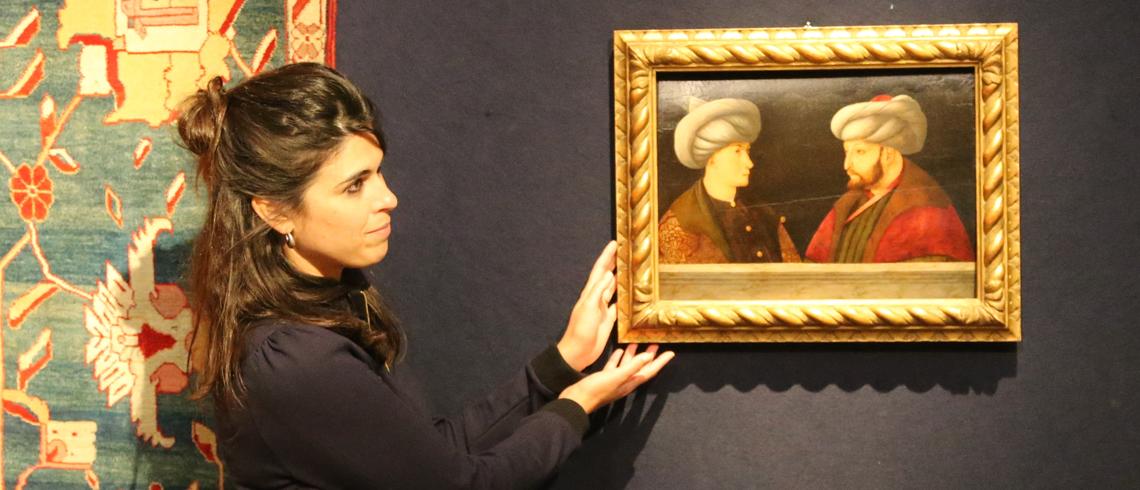
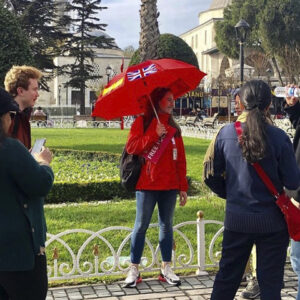
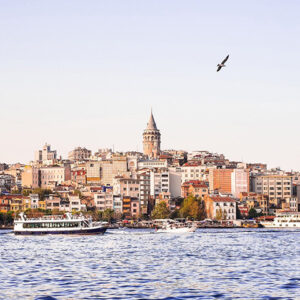
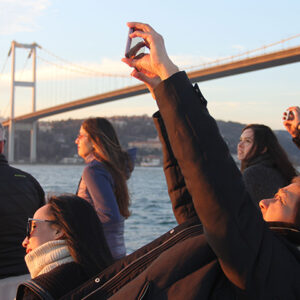
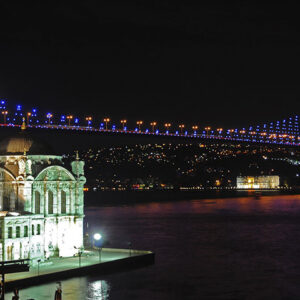
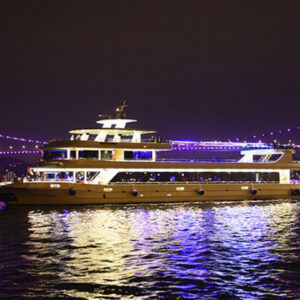
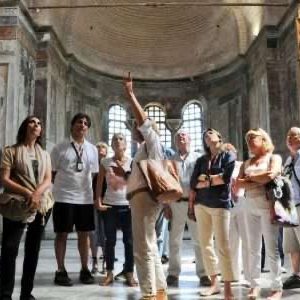
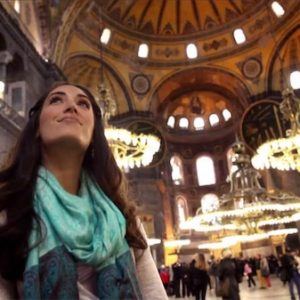
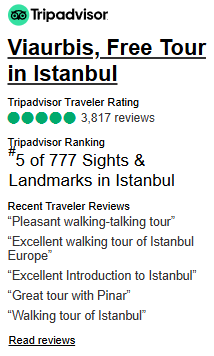

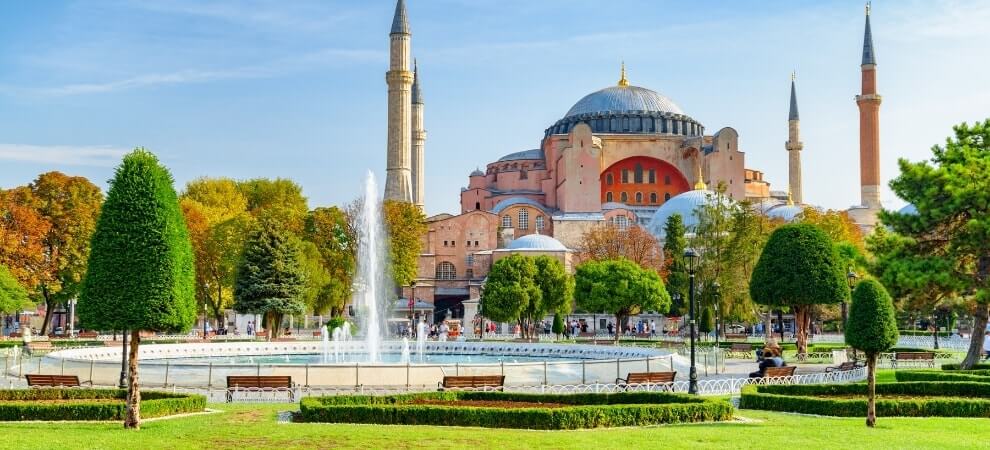
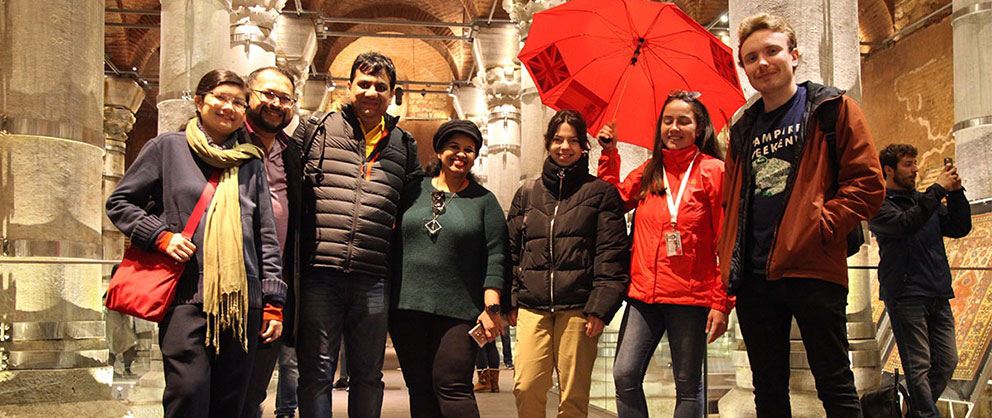
3 thoughts on “The Last Portrait of Sultan Mehmed the Conqueror!”
★★★★★
Every moment spent at ‘The Last Portrait of Sultan Mehmed the Conqueror!’ was filled with wonder and learning. It’s a place I will always cherish.
★★★★★
Highly recommend visiting ‘The Last Portrait of Sultan Mehmed the Conqueror!’—a site rich with history and unparalleled beauty.
★★★★★
Exploring ‘The Last Portrait of Sultan Mehmed the Conqueror!’ exceeded all my expectations. A perfect combination of culture, beauty, and knowledge.